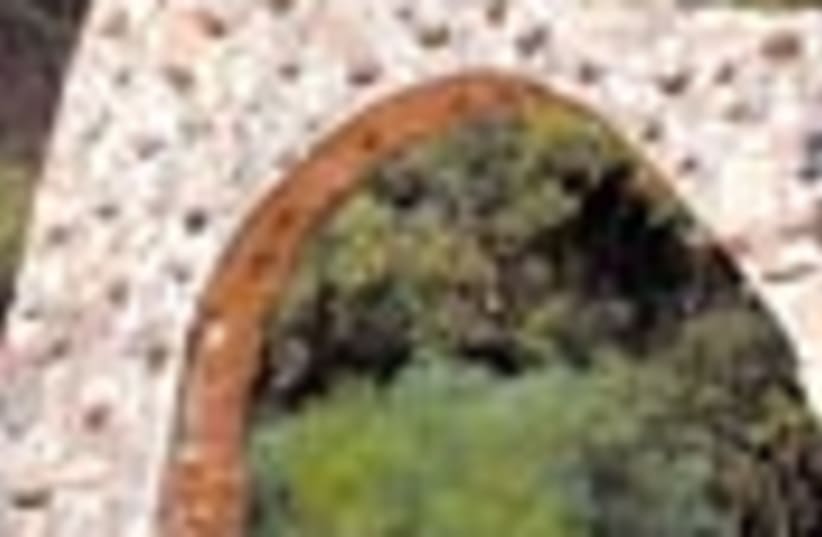| More about: | Jerusalem, John the Baptist, Yitzhak Rabin, Mevaseret Zion |
The ascent to Jerusalem
A sentimental journey from Sha'ar Hagai to Tzova through the Martyrs' Forest.


| More about: | Jerusalem, John the Baptist, Yitzhak Rabin, Mevaseret Zion |